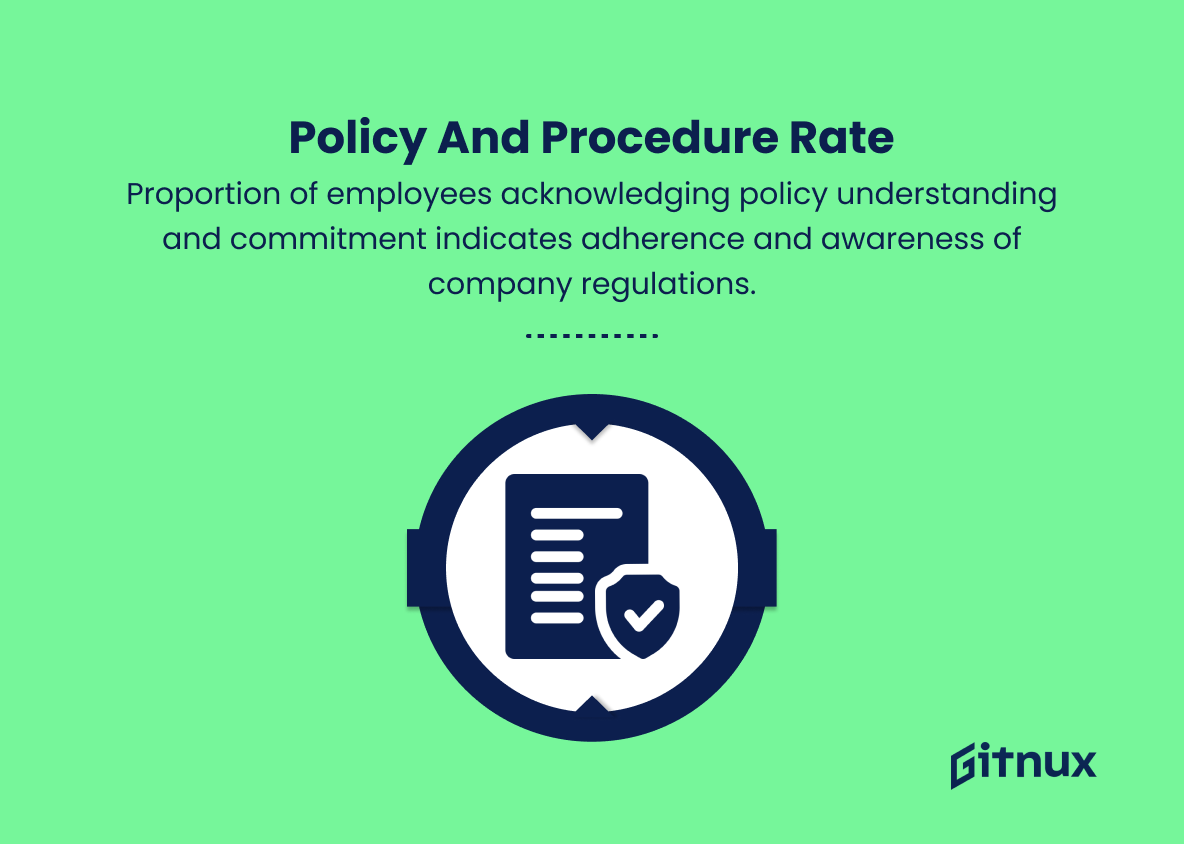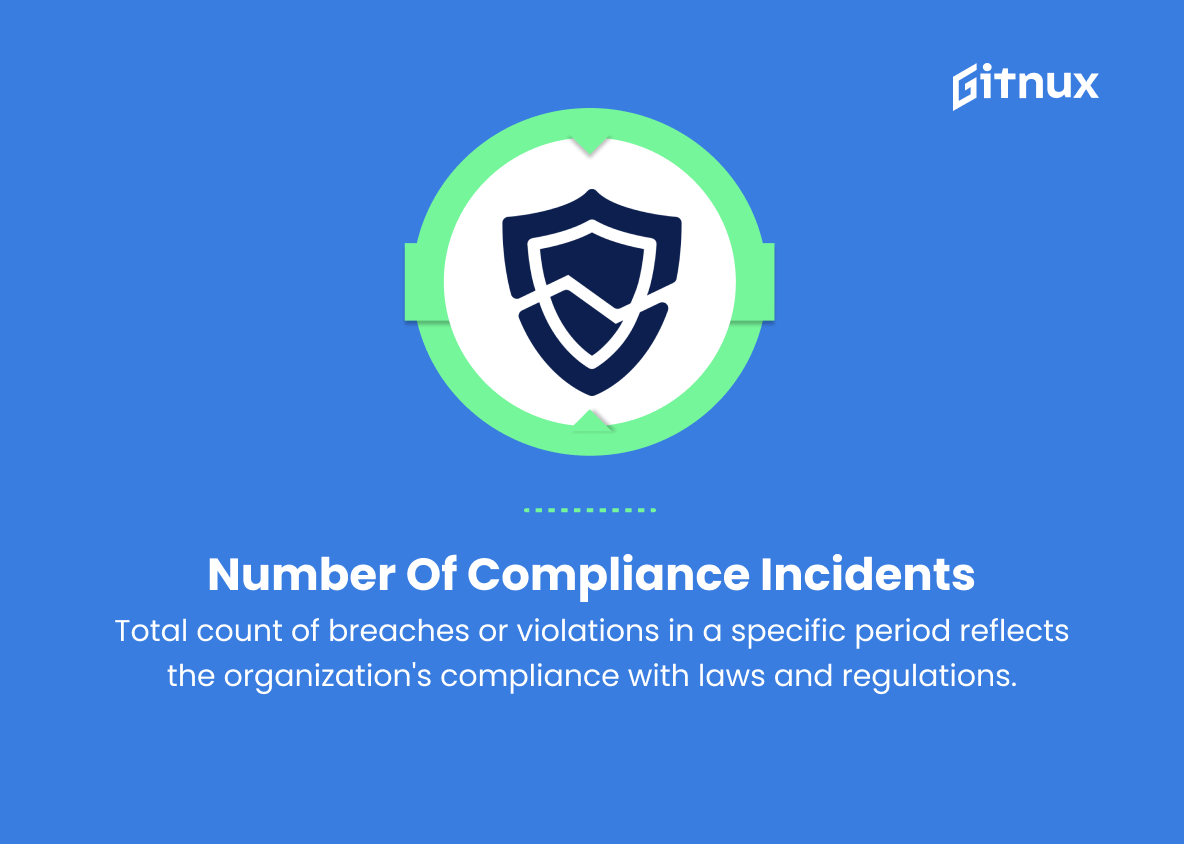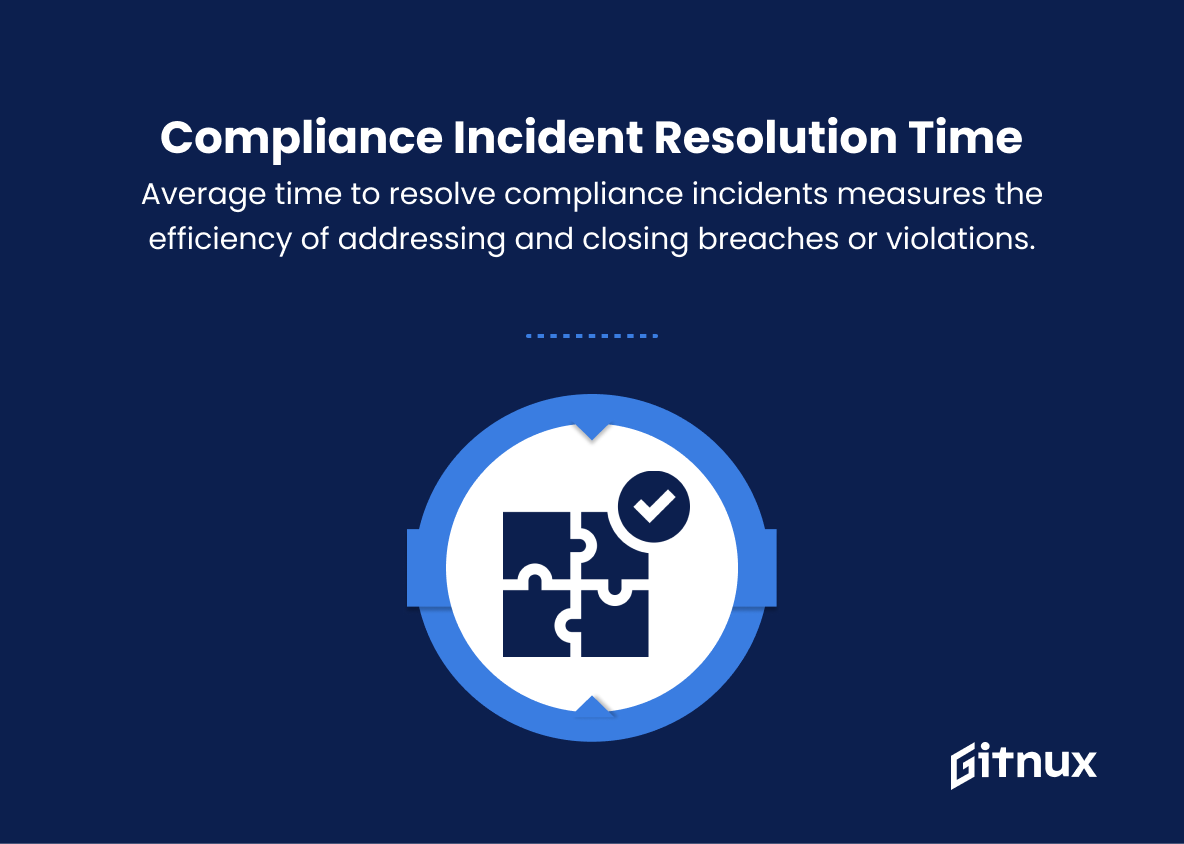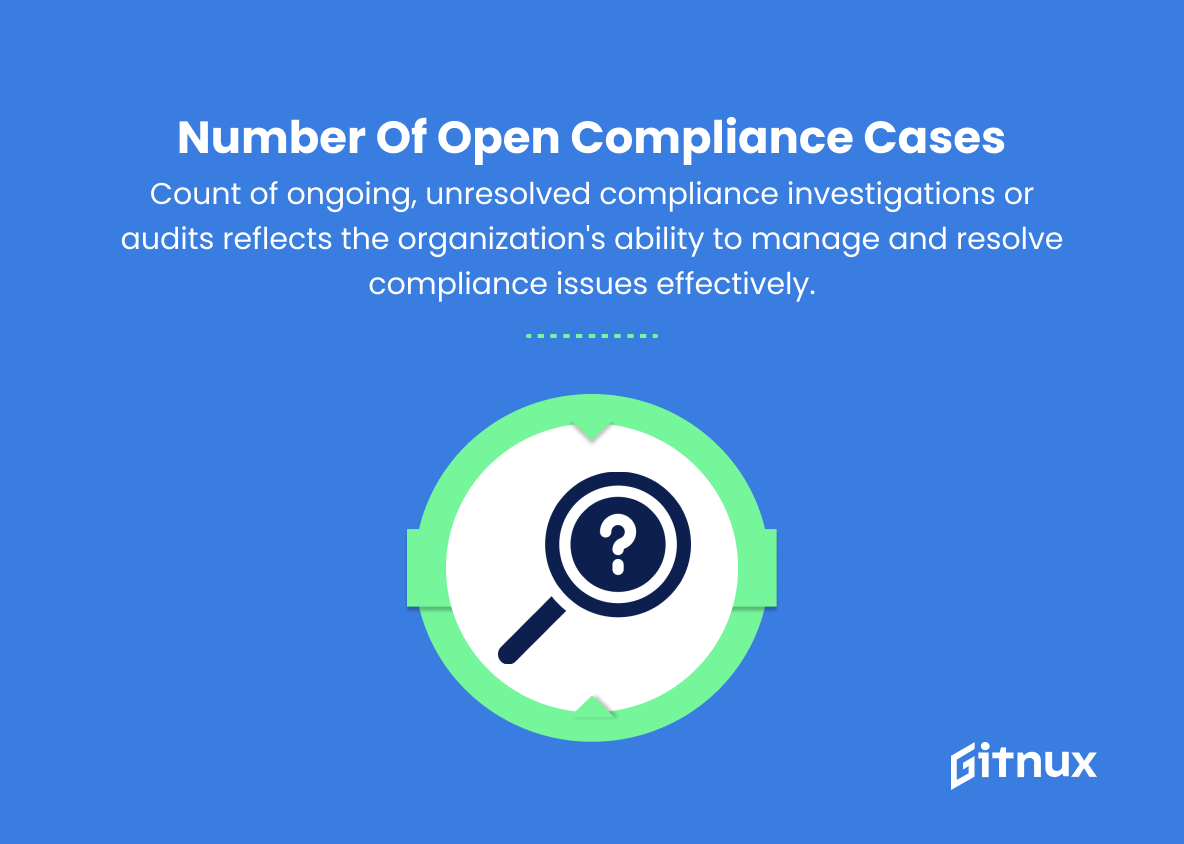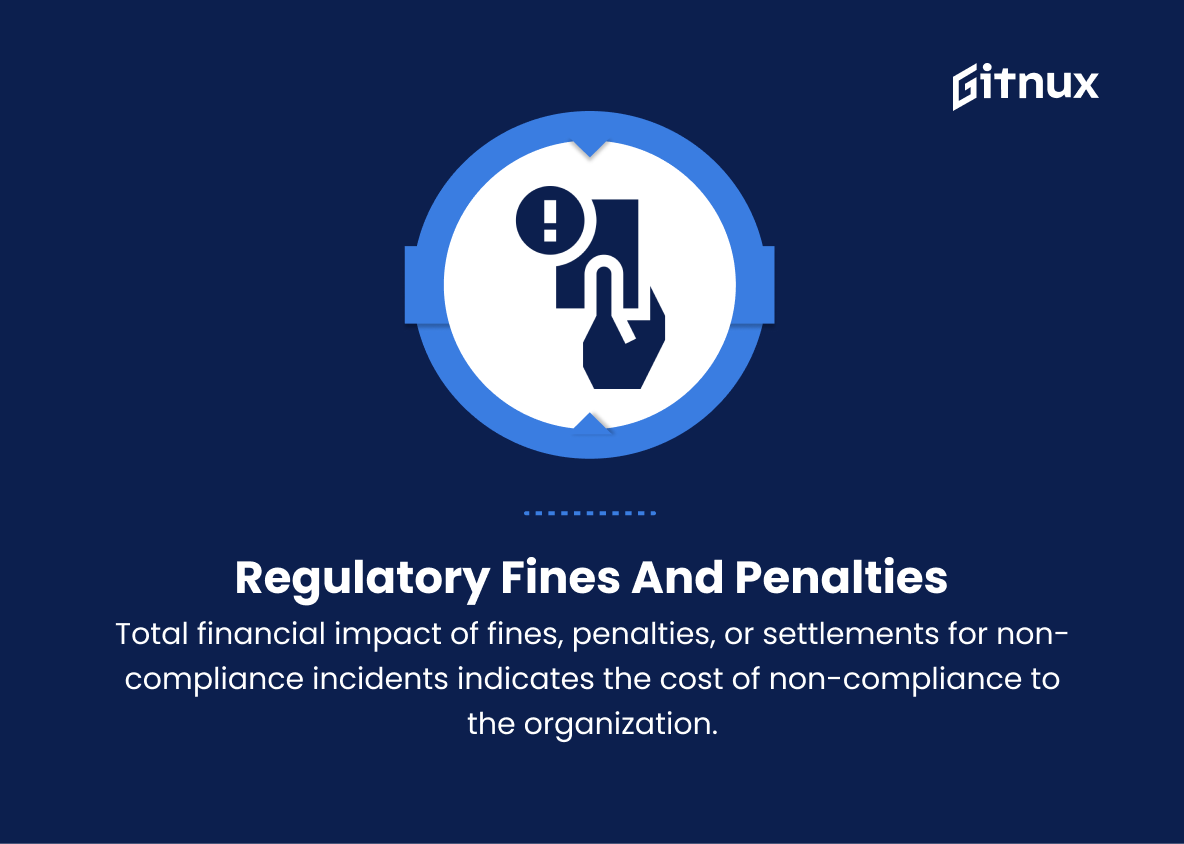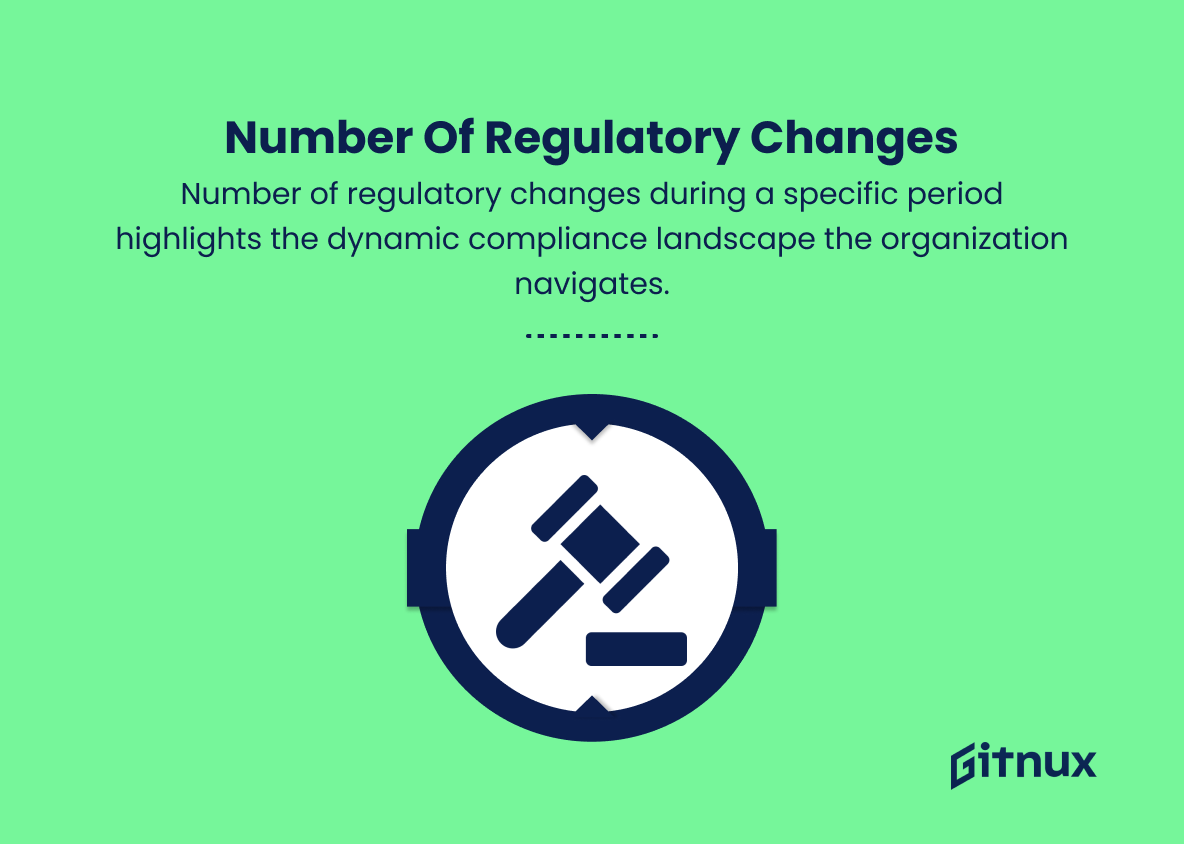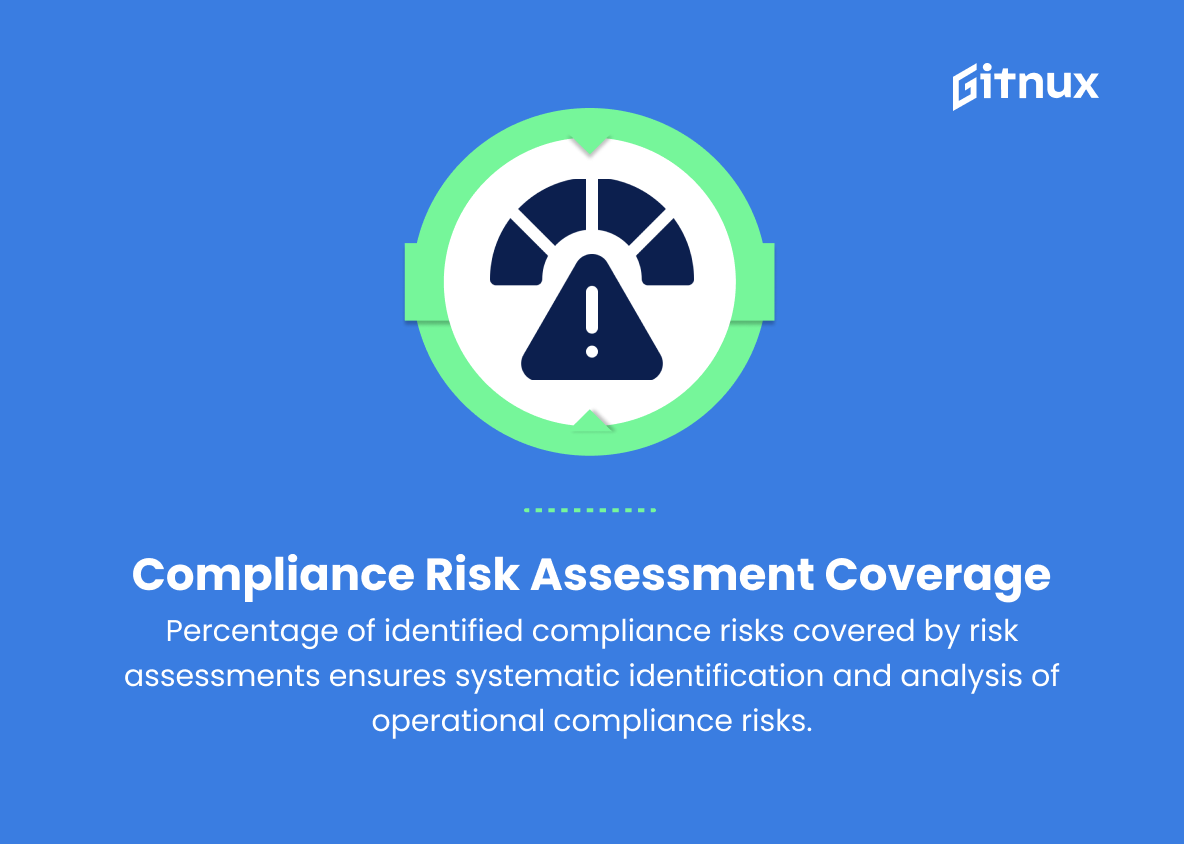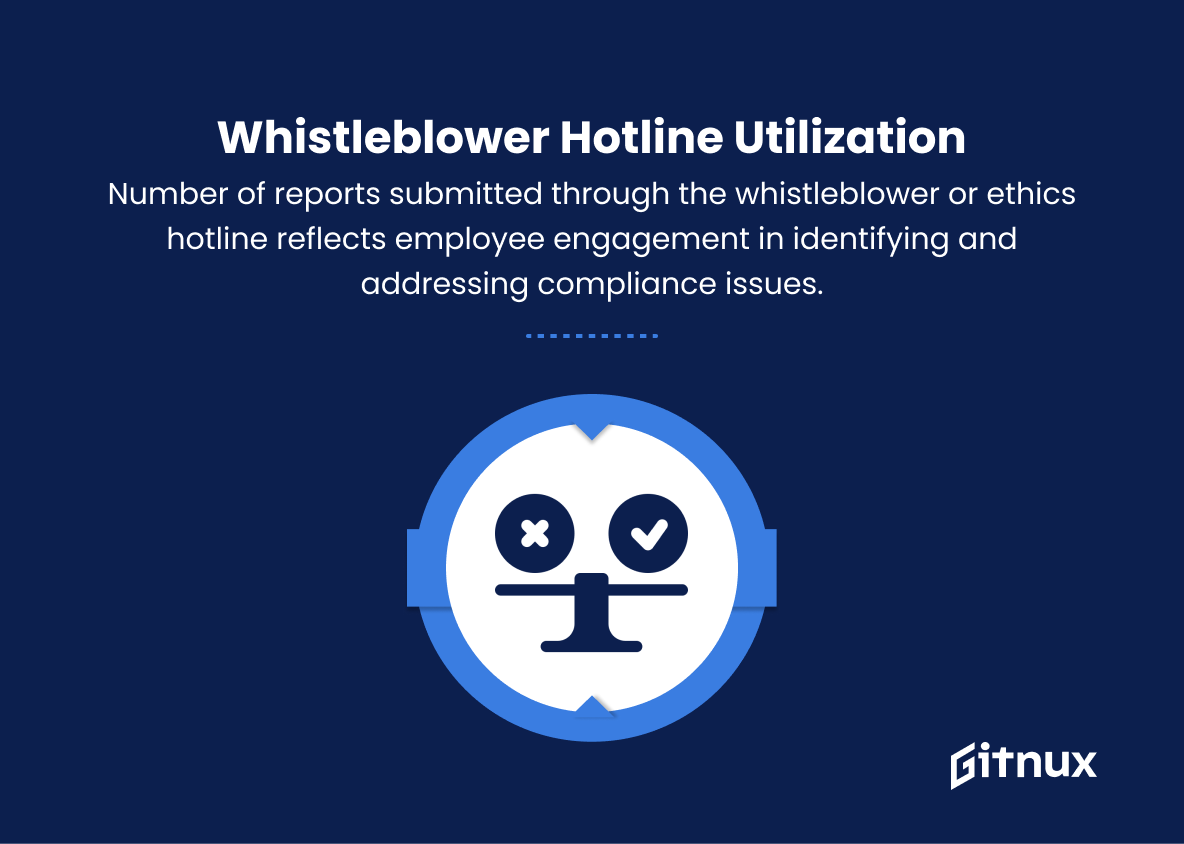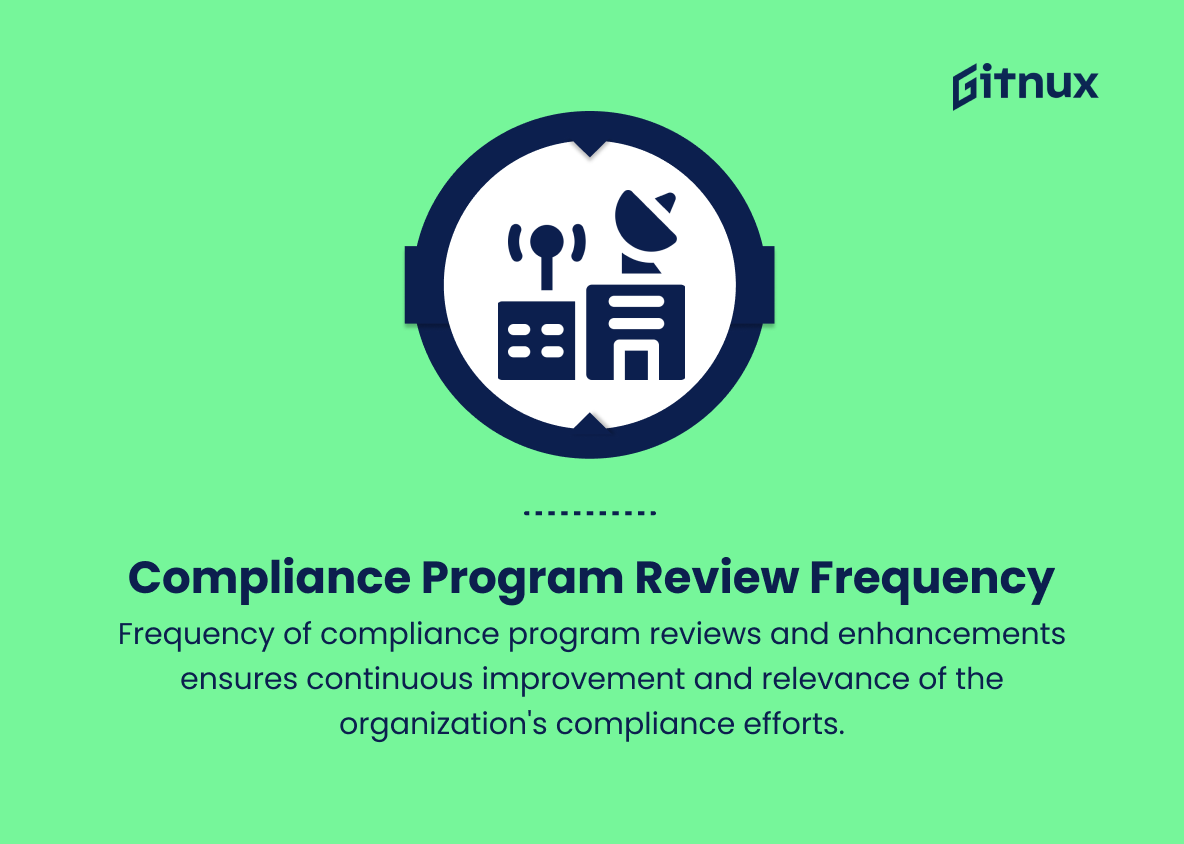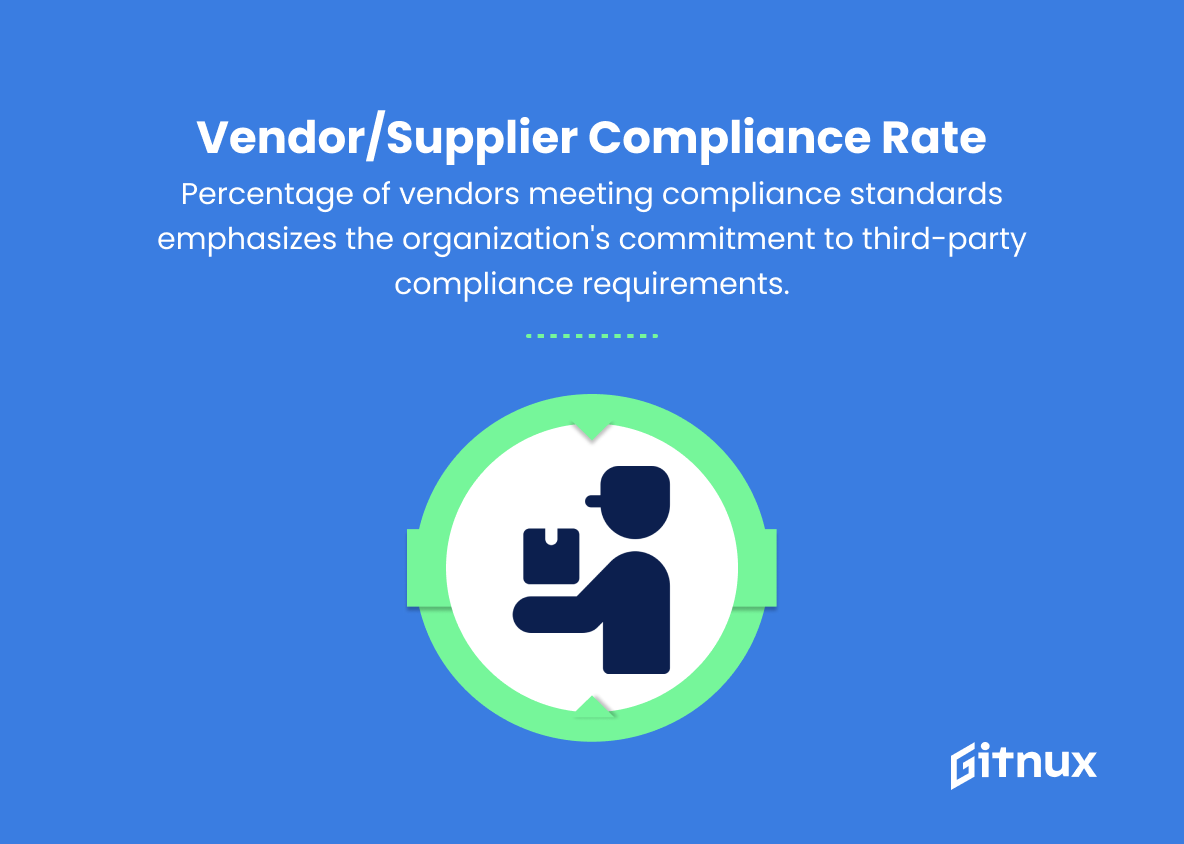In today’s highly regulated business environment, it has become increasingly crucial for organizations to ensure that they remain compliant with the multitude of rules, regulations, and industry standards that govern their operations. Compliance is not merely a matter of ticking boxes; it plays a critical role in safeguarding a company’s reputation and ensuring its long-term success.
As such, organizations must continuously monitor and measure their compliance effectiveness to identify areas for improvement and to demonstrate to their stakeholders that they are committed to maintaining the highest standards of ethical conduct. To that end, this blog post aims to explore the importance of Compliance Key Performance Indicators (KPIs) and delve into the most significant metrics that companies should track and evaluate to strengthen their compliance programs and mitigate potential risks.
Compliance KPIs You Should Know
1. Compliance training completion rate
The percentage of employees who have successfully completed mandatory compliance training courses. This KPI measures the organization’s commitment to providing the necessary training for employees to understand and adhere to compliance policies.
2. Policy and procedure acknowledgment rate
The proportion of employees acknowledging that they have read, understood, and agreed to follow the organization’s policies and procedures. This KPI indicates the level of awareness and commitment to adhere to the company’s regulations.
3. Number of compliance incidents
The total count of breaches, violations, or non-compliance events within a specific period. This KPI tracks the organization’s level of success in maintaining compliance with applicable laws, rules, and regulations.
4. Compliance incident resolution time
The average time taken to resolve compliance incidents. This KPI measures how efficiently the organization addresses and closes breaches, violations, or non-compliance events.
5. Compliance audit pass rate
The percentage of passed compliance audits, divided by the number of total compliance audits conducted in a given period. This KPI measures the organization’s ability to maintain compliance with relevant regulations during external assessments.
6. Number of open compliance cases
The count of ongoing, unresolved compliance investigations, audits, or cases. This KPI provides insight on the organization’s ability to manage and resolve compliance issues adequately.
7. Regulatory fines and penalties
The total amount of fines, penalties, or settlements paid for non-compliance incidents. This KPI indicates the financial impact of non-compliance on the organization.
8. Number of regulatory changes
The number of regulatory changes (updates or new regulations) that the organization needs to comply with during a specific period. This KPI provides insight into the dynamic compliance landscape the organization is operating in.
9. Compliance risk assessment coverage
The percentage of identified compliance risks covered by the organization’s risk assessments. This KPI ensures that the organization systematically identifies and analyzes compliance risks in its operations.
10. Whistleblower hotline utilization
The number of reports submitted through the organization’s whistleblower or ethics hotline. This KPI reflects employee engagement in identifying and addressing potential compliance issues.
11. Compliance program review frequency
The frequency with which a company reviews and enhances its compliance program. This KPI ensures that the organization continuously improves and adapts its compliance program to stay effective and relevant.
12. Vendor/supplier compliance rate
The percentage of vendors or suppliers that meet the organization’s compliance standards. This KPI highlights the organization’s focus on incorporating compliance requirements into its relationships with third parties.
Remember that the relevance and importance of each KPI may vary depending on the organization and the industry they operate in. It’s important to select and track the most relevant KPIs for each individual organization.
Compliance KPIs Explained
Compliance KPIs are essential for organizations as they measure various aspects of an organization’s adherence to legal, regulatory, and ethical standards. Compliance training completion rate and policy and procedure acknowledgment rate signify the organization’s diligence and employee commitment towards understanding and upholding the company’s established policies. Monitoring the number of compliance incidents, resolution time, and audit pass rate allows organizations to gauge the effectiveness of the organization’s compliance management efforts.
By tracking the number of open compliance cases and regulatory fines, organizations can manage and minimize financial and reputational risks associated with non-compliance incidents. The number of regulatory changes and compliance risk assessment coverage reflects the organization’s proactive approach towards adapting to changing regulatory landscapes. Whistleblower hotline utilization serves as an indicator of employee engagement and the organization’s openness to detecting potential compliance issues.
Compliance program review frequency, vendor/supplier compliance rate, and other KPIs ensure that the organization is consistently refining its compliance program and maintaining robust relationships with third parties. Therefore, identifying and tracking the most relevant KPIs based on the specific organization and industry helps establish an effective compliance system, reducing risks and promoting ethical business practices.
Conclusion
In today’s highly regulated business environment, understanding and effectively tracking Compliance KPIs is crucial for organizations to meet both their legal obligations and ensure sustainable growth. By focusing on these key performance indicators, businesses can minimize the risk of non-compliance, reduce potential financial penalties, and enhance their reputation in the eyes of regulators, investors, and customers alike.
Moving forward, organizations need to keep up with ever-evolving regulations, incorporate compliance processes into their daily operations, and continuously review their Compliance KPIs to optimize their efforts and maintain a strong compliance culture across every level of their organization. Ultimately, the strategic use of Compliance KPIs will ensure that businesses remain agile and resilient in the face of regulatory challenges, allowing them to focus on their core objectives and achieve long-term success.

